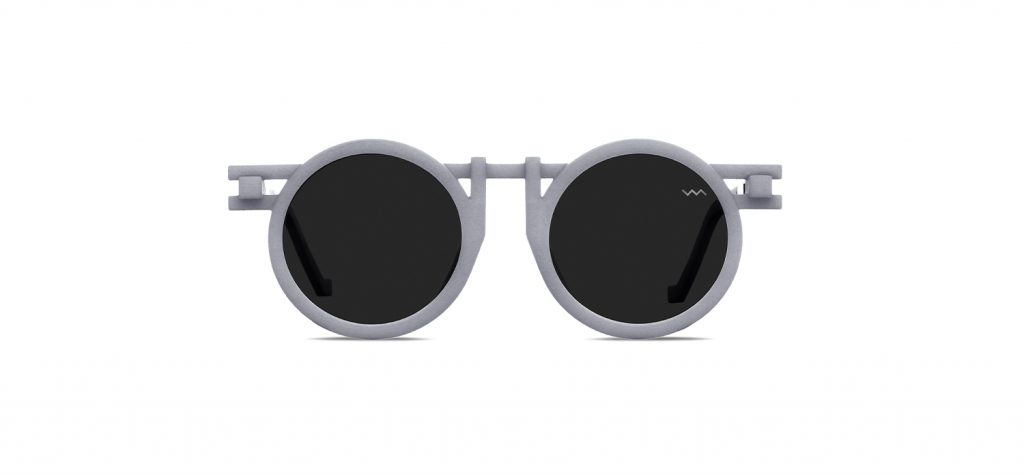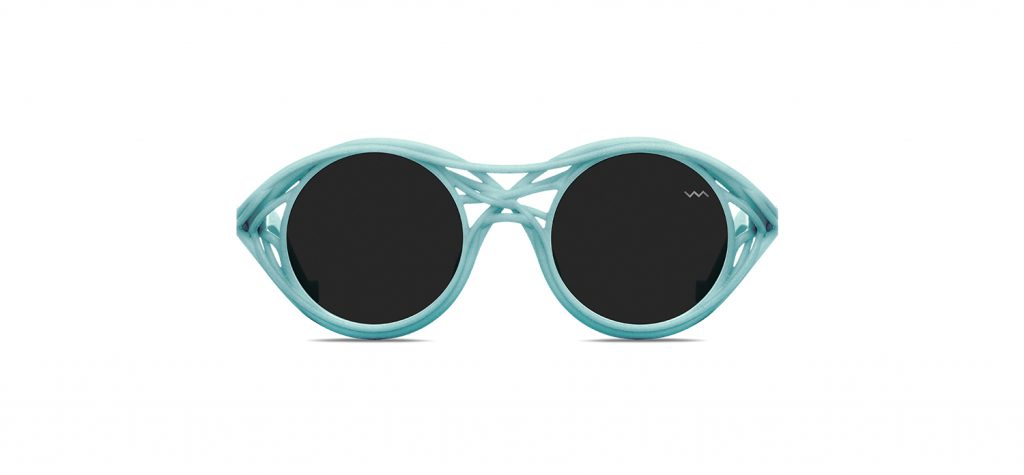Since 197 countries ratified the Paris Agreement, the residential and commercial sectors claim to be working together to reduce global greenhouse gas emissions. A significant portion of emissions derives from industrial manufacturing, driven by consumerism.
It is often claimed that consumers can vote with their dollars. In some minor cases, recent ecological concerns have diverted the production drive away from instant gratification towards sustainability. Various companies have developed innovative manufacturing techniques, decreasing the environmental impacts of their practices.
Fast Fashion and Environmental Degradation
Researchers are publishing the challenges associated with the fast fashion industry. Water pollution is a significant issue sustainable firms work to decrease. Old fashion businesses have developed clothing and accessory materials from organic cotton.
Today, corporations utilize synthetic fabrics, decreasing their water use and reliance on agriculture. The materials contain plastic, distributing 700,000 microscopic pieces into the water in a washing machine. A portion of the microplastics pollutes the ocean through mismanaged wastewater systems.
The plastic pieces never degrade; instead, they keep dividing into smaller sections. Marine life consumes the materials, impairing their health and limiting reproduction abilities. The microplastics work their way up the food chain until humans consume them.
Microplastic pollution also derives from inefficient manufacturing practices. When factories rely on human power for production, accidents may occur. Corporations typically dispose of damaged products rather than repurposing them.
In the landfill, the fabrics degrade and the plastics leach into the soil. Poorly managed factories also generate high greenhouse gas emissions. The global energy supply derives most of its power from oil.
During combustion, the fuel source generates atmospherically degrading greenhouse gas emissions. Manufacturing facilities also utilize pesticide and synthetic fertilizer-produced materials. During the production stage, these materials cause toxic runoff and eutrophication.
High carbon emission rates and waste production decrease the sustainability of fast fashion. To address this issue in their own small way, eyewear manufacturer Vava and the Japanese architect behind the Tokyo Olympic National Stadium, Kengo Kuma, have developed eco-conscious products and manufacturing techniques, limiting consumers’ reliance on harmful goods.
A Biodegradable Solution
Vava challenges the ecological issues associated with fast fashion by utilizing sustainable materials, generating sunglasses from castor beans grown on Indian farms. Unlike conventional plastic glasses, the eco-friendly material is biodegradable, decreasing microplastic waste.
Additionally, the beans offer a closed-loop production system. Professionals extract castor oil from the beans, using the excess material for product development. They use the oil as fuel for the manufacturing facility’s 3D printers.
Vava can further the sustainability of its practices by incorporating eco-consciousness on castor bean farms. Using permaculture, farmers can utilize plant species diversity for waste reduction. They can plant hybrid crops throughout their fields, naturally resisting pest damage and limiting their pesticide use.
The sustainable farming method reduces runoff production and eutrophication, preserving freshwater sources. Farmers can limit water exploitation by installing a rainwater harvesting system. The device collects rainwater and runoff, repurposing it for irrigation.
Low-Impact Manufacturing
The sustainable sunglass brand additionally uses low-impact manufacturing processes, reducing atmospheric and surface-level pollution. Rather than overproducing products, Vava uses 3D printers, developing goods based on real-time demands. The production method decreases resource exploitation, limiting unnecessary waste.
The 3D printers rely on a strategic algorithm, eliminating error. Efficient and accurate production measures also decrease waste generated from product damage. With fewer damaged items, companies can limit microplastic pollution.
3D printers can also work with smaller, lightweight materials that are challenging for humans. The materials decrease a company’s reliance on mining and fossil fuel-derived energy. Increased energy efficiency reduces greenhouse gas emissions.
Eco-Conscious Designs
The sunglasses’ designs distribute a message of sustainability. The architect working on the project, Kengo Kuma, believes in supporting the environment with production rather than degrading it. Vava utilizes his theme of eco-centric harmony by improving the sustainable style of sunglasses.
Both designs display resource minimalism and eco-consciousness. One pair offers a woven look, projecting its connection to agriculture. Unlike synthetic materials, the castor bean production is similar to cotton manufacturing.
It combines eco-centric, cyclical ideals with modern production. The other design displays a wooden structure look. It connects the articles to holistic building practices.
Rather than projecting a certification or sustainability label, the company uses its creative design to relay its eco-conscious message. Connecting the materials, production and design to environmental conservation generates a modern fashion norm. The company develops sustainable sunglasses to better the environment rather than greenwashing their practices.
The World of Sustainable Fashion
As the global temperature rises, eco-consumer rates will continuously expand. The fashion industry can meet sustainability demands by adopting low-impact production processes. Limiting material use, decreasing plastic production and eliminating greenhouse gas emissions can significantly shrink the industry’s footprint.
In the coming years, we can expect corporate fashion production to decrease as smaller manufacturers enhance their profitability. The renewable energy industry may also support fashion development, reducing emissions further. Over time, sustainability measures can protect the environment from adverse climate change effects.
Subscribe to Our Email Newsletter
Stay up-to-date on all the latest news from the 3D printing industry and receive information and offers from third party vendors.
You May Also Like
AM Under Trump, First Thoughts: Reshoring
Constrained resources and the need to fight climate change have led to a new era of manufacturing focused on re- and nearshoring paired with supply chain resilience. In the battle...
Dyndrite Forms Strategic Partnership with Nikon SLM Solutions for Metal 3D Printing
Dyndrite, the Seattle-based software provider specializing in solutions for digital manufacturing technologies, has announced a strategic partnership with Nikon SLM Solutions to integrate Dyndrite’s LPBF Pro software with Nikon’s metal...
Nikon SLM Hits 1000th 3D Printer Milestone with Bosch Purchase
Nikon SLM Solutions has reached a significant milestone with the production of its 1000th NXG XII 600 system, among the most productive metal additive manufacturing (AM) systems in the industry....
Themes from AM Investment Strategies: Collaboration, Cost Challenges, and Expanding Markets
The 2024 Additive Manufacturing (AM) Investment Strategies event went off without a hitch. The online roundtable, hosted by AM Research (AMR) and Cantor Fitzgerald, dug into the latest trends and...







































